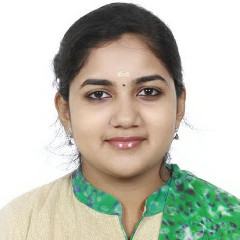Workshop examines pros and cons of euthanasia

Mail This Article
Kochi: The Centre for Medical Law of the Government Law College, Ernakulam, conducted a two-day workshop on the "Right to Die with Dignity : Issues and Concerns" on October 5 and 6.
Earlier this year, the Supreme Court of India, in a historic decision, had made passive euthanasia legal in the country by declaring 'Right to Die with Dignity' as a fundamental right.
The workshop was organised to extract and analyse different dimensions on this judgment. The Centre for Medical Law regularly conducts seminars and workshops in the college to equip students with the knowledge of contemporary developments in medical law all around the world.
The workshop was inaugurated by Dr Junaid Rahman, Vice-President, IMA Cochin.

The programme was divided into three technical sessions which examined the landmark decision through the lens of human rights, mental health and the Constitution.
The resource persons included prominent doctors, psychiatrists and other legal luminaries. Dr Mohan G, Medical Officer at Peace Mission Centre Palliative Hospital, spoke about the role of palliative care of terminally ill patients. He also said that even not talking to patients properly can amount to violation of principle of non-maleficence.
Dr Gasper J, Assistant Professor, Government College for Women, Thiruvananthapuram, shared his views about the philosophical aspects of the judgment and called it an 'extraordinary text'.

Dr Vasudevan Namboodiri, clinical director of 'In Mind' Mental Health and Rehabilitation Centre, spoke about how a doctor becomes an advocate for the patient's well-being. He also added that majority of the clinical professionals are not skilled in the end of life care.
Smt C S Roopa, research scholar, at Government Law College, Ernakulam, put forth her suggestions to bring transparency in medical care. She suggested that the entire medical data should be brought under a common software to reduce complexity.
The workshop witnessed several brainstorming discussions on abstract legal concepts like the Right to life and privacy, justice etc. It successfully enabled the students as well as the resource persons to get a clear picture on what the judgment presents and also to determine its scope and extent.



